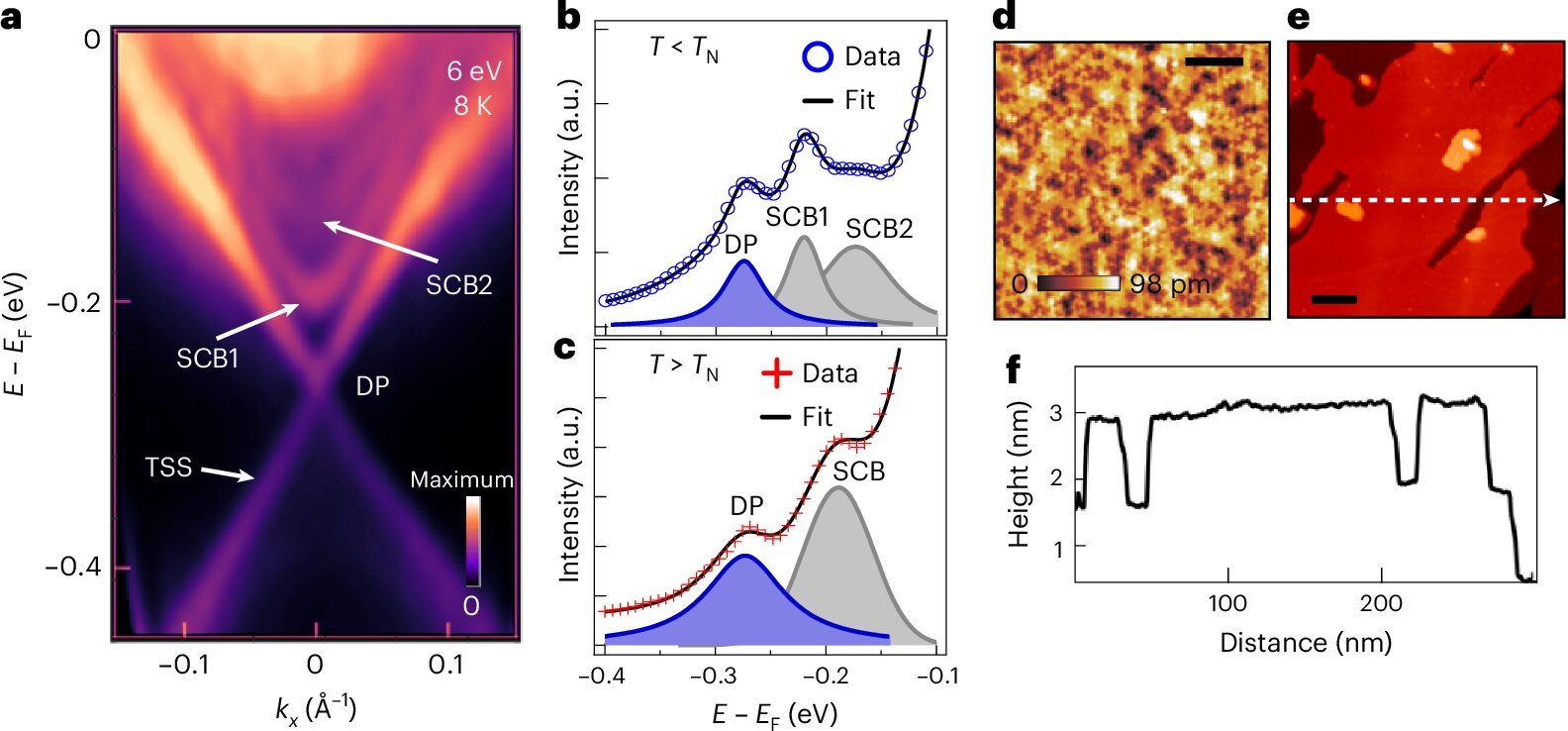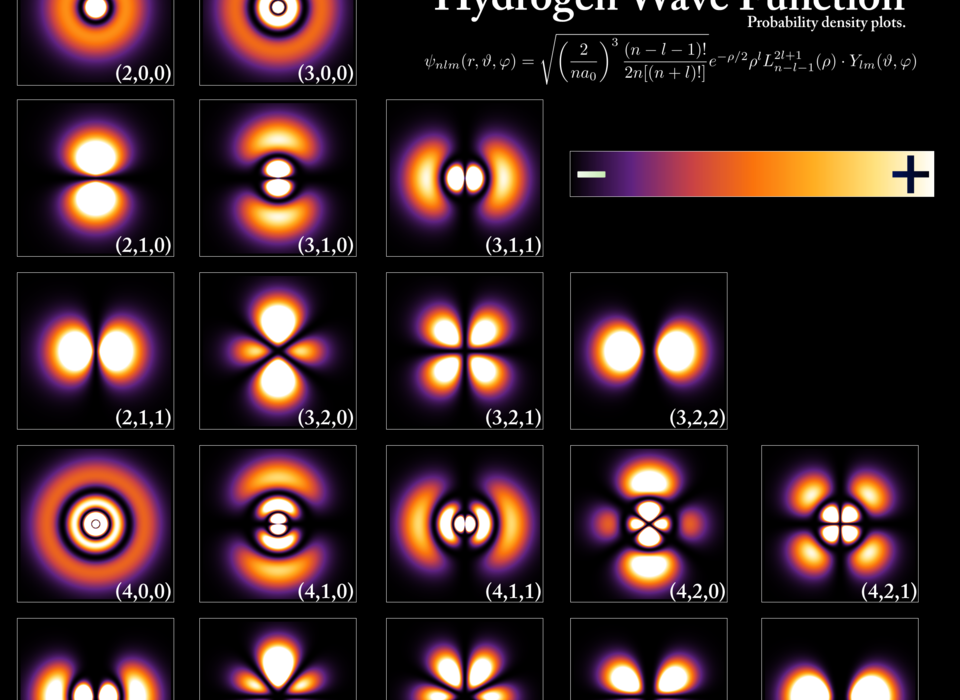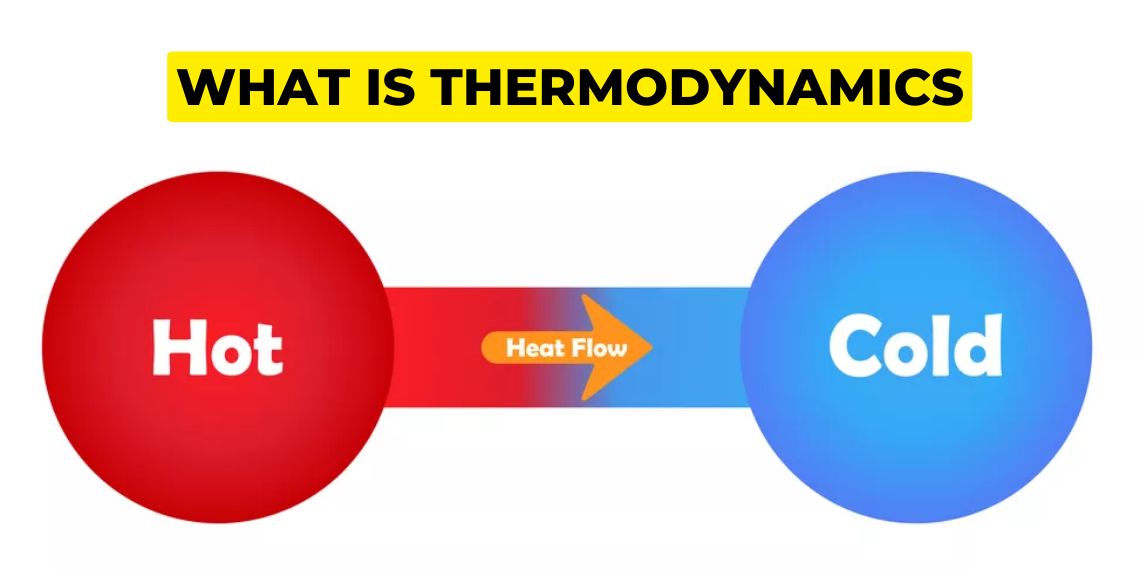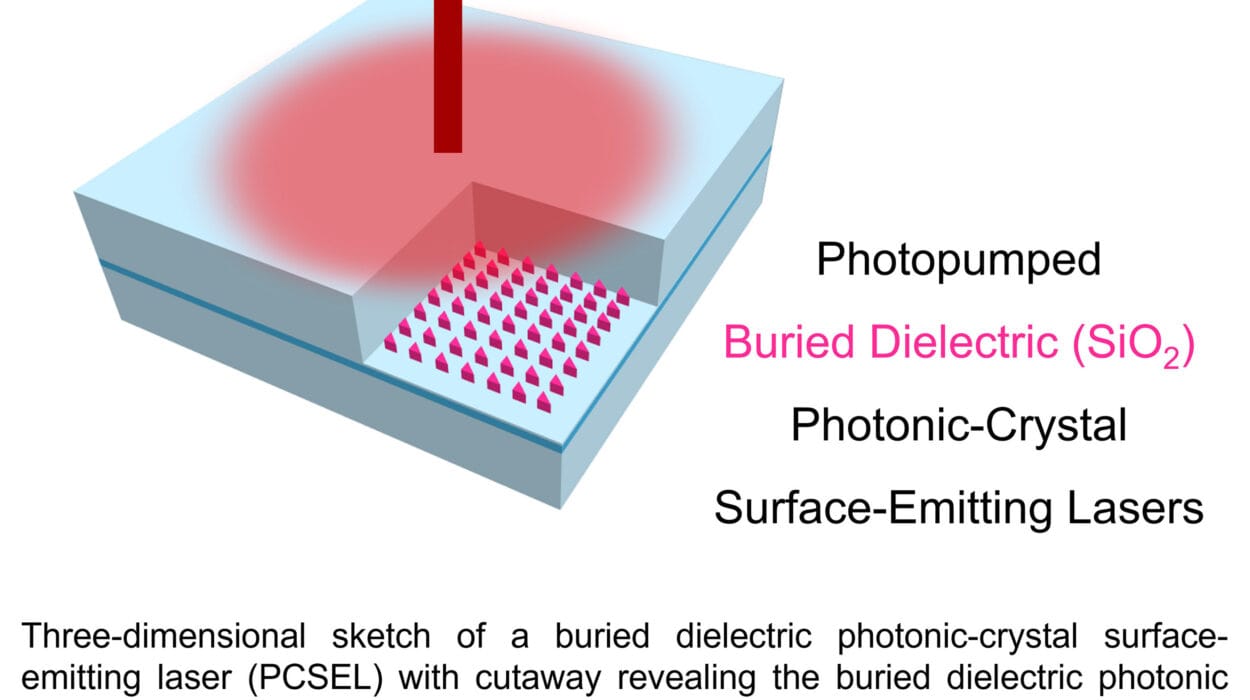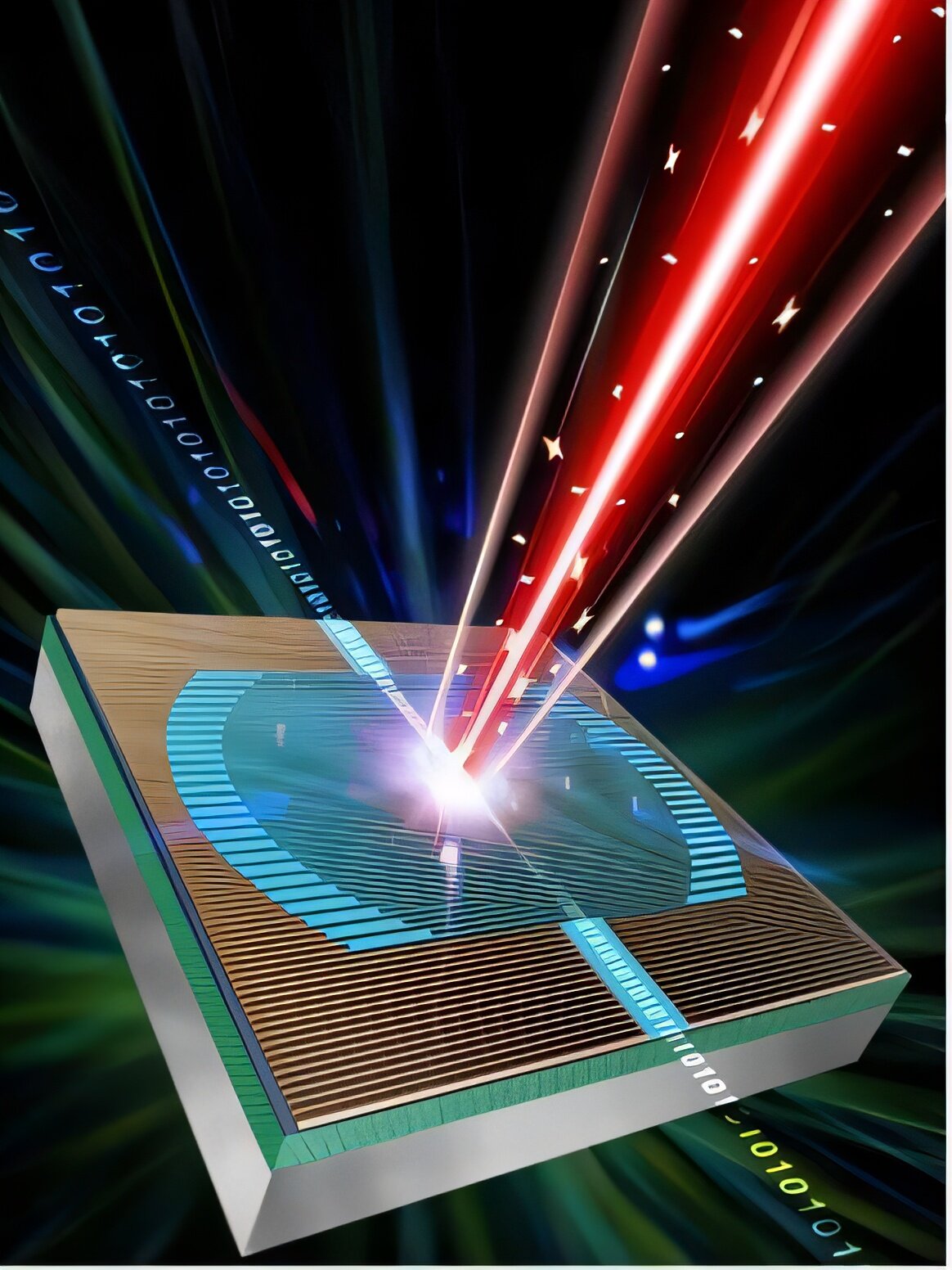Topological insulators (TIs) are at the forefront of condensed matter physics research, captivating scientists due to their unique and puzzling characteristics. These materials are insulators at their core, yet their surfaces conduct electricity, a property that distinguishes them from other insulating materials. The surprising contrast between their bulk properties and surface conduction has made TIs the subject of intense study, with implications that could revolutionize electronics and quantum computing. Of particular interest is their potential to host quantum phases of matter that we previously could only dream of, pushing the boundaries of both fundamental and applied physics. Recent developments have uncovered new potential links between TIs and magnetism, pointing to even greater technological applications on the horizon.
A pivotal study led by Illinois Physics Professor Fahad Mahmood introduces an important new discovery in this expanding field. It sheds light on the hidden behavior of manganese bismuth telluride (MnBi₂Te₄), a material classified as an intrinsic magnetic topological insulator. This new research provides experimental evidence of an electronic band gap in MnBi₂Te₄, something that has been theorized for a decade but was never confirmed—until now. Using sophisticated techniques, the team demonstrated that while MnBi₂Te₄ may seem gapless under normal conditions, exposure to different orientations of circularly polarized light opens the gap. This experiment, published in Nature Physics, is groundbreaking not only for resolving long-standing debates but also because it introduces the concept of engineering new quantum states in this material using light.
Topological Insulators and Their Mystique
To understand the significance of Mahmood’s work, it’s essential to explore what makes topological insulators unique. A non-magnetic TI operates on the principle of time-reversal symmetry (TRS), which dictates that the fundamental laws of physics remain identical if time were to run backward. In practical terms, this means that current flow in a non-magnetic TI remains consistent whether it is recorded in forward or reverse time; the only difference is the direction of the current. This symmetry ensures that TIs have conducting surface states but non-conducting interiors. The conductivity at the surface is robust due to the protection offered by TRS, making these materials key candidates for potential applications in low-power electronics and quantum computing.
However, a new class of TIs is emerging: magnetic topological insulators. Unlike their non-magnetic cousins, these TIs break time-reversal symmetry. At first, this might seem counterintuitive—after all, TRS provides stability and protects surface currents in non-magnetic TIs. But breaking this symmetry can create entirely new and fascinating quantum states of matter. One prominent example is the quantum anomalous Hall effect (QAHE), which occurs without the need for an external magnetic field, a phenomenon that is impossible in non-magnetic TIs.
The Potential of Magnetic Topological Insulators
The discovery of quantum Hall effects (QHE) in traditional systems—like graphene or materials under a strong magnetic field—has already opened new frontiers in science, including a drastic reduction in energy loss during electron transport and the potential protection of quantum bits (qubits) for quantum computing. The only catch, however, is that realizing QHE in these systems requires strong magnetic fields, which can be difficult to manipulate and sustain.
This is where magnetic topological insulators offer a breakthrough: their intrinsic magnetism allows them to display a version of the quantum anomalous Hall effect without the need for an external magnetic field. The ability to eliminate external field dependence makes studying the QHE much more feasible in real-world applications, such as low-power devices and the next generation of quantum computers.
One of the key materials at the center of the magnetic TI research conversation is MnBi₂Te₄, which stands apart from other magnetic TIs because its magnetism is inherently built into its crystal structure. Unlike other TIs, whose magnetism comes from impurity elements, the magnetism in MnBi₂Te₄ originates from its manganese (Mn) atoms arranged in a special configuration. This makes it a model system for exploring intrinsic magnetism combined with the topological effects that non-magnetic TIs exhibit.
However, despite being hailed as an ideal system for studying new quantum effects, MnBi₂Te₄ has also sparked some confusion and debate in the scientific community. Specifically, while some studies suggest that the material exhibits a band gap indicative of time-reversal symmetry breaking, other studies found no conclusive evidence of such a gap. For researchers like Mahmood, the question of whether the material truly exhibits a gap had become a decade-long controversy that needed resolution.
Investigating the Band Gap of MnBi₂Te₄
At the heart of understanding how MnBi₂Te₄ behaves is the band structure, which governs the electron energies in a material. Band gaps are important because they determine whether a material will conduct electricity. For example, a gap between two energy bands restricts electron flow, thus rendering a material an insulator. In the case of non-magnetic TIs, the electron bands form cone-shaped structures that meet at a single point, with no gap between them. But the situation changes when time-reversal symmetry is broken—as in the case of magnetic TIs like MnBi₂Te₄. When TRS is broken, the cone-shaped bands split, creating a gap.
Initially, some research groups found a gap in MnBi₂Te₄, while others did not. To resolve this controversy, Mahmood’s team applied a cutting-edge technique called angle-resolved photoemission spectroscopy (ARPES) to study the band structure of MnBi₂Te₄ more closely. ARPES, based on the famous photoelectric effect, can track the energy and momentum of electrons ejected from a material’s surface when exposed to light. By examining these emitted electrons, scientists can reconstruct the material’s band structure, revealing whether or not a gap exists.
When the researchers conducted ARPES experiments in two different phases—the low-temperature antiferromagnetic phase and the high-temperature paramagnetic phase—they found no gap in either state, seemingly confirming one side of the debate.
The Role of Circularly Polarized Light in Inducing a Gap
Undeterred, Mahmood’s team decided to take a novel approach, using circularly polarized light (CP light) to probe the material further. This technique, known as Floquet-Bloch manipulation, can fundamentally change a material’s properties by altering its electronic states through the application of light with a specific spin. Previous research had shown that CP light could open gaps in the band structures of non-magnetic TIs, so the team reasoned that it might do the same for magnetic TIs like MnBi₂Te₄.
The team subjected MnBi₂Te₄ to right-circular polarized (RCP) and left-circular polarized (LCP) light and tracked the material’s band structure during the process. The results were eye-opening: they found that both LCP and RCP light did indeed induce a gap in the material’s band structure, demonstrating the hidden gap that had been theorized for so long.
What was more surprising was that the magnitude of the gap varied depending on the direction of the light’s polarization. In the low-temperature phase, RCP light produced a gap almost twice as large as that produced by LCP light. This gap asymmetry is significant because it offers direct evidence of time-reversal symmetry breaking in the material—a defining feature of magnetic TIs.
The Mystery of the Gap Asymmetry
This asymmetry could be explained by the presence of magnetic defects on the material’s surface, such as misplaced atoms or variations in spin alignment. These surface imperfections affect the interaction between the material’s intrinsic magnetism and the light’s circular polarization, resulting in different responses to RCP and LCP light. The researchers validated their model using scanning tunneling microscopy, which showed that these magnetic defects were indeed present in the sample.
The gap asymmetry observed in the low-temperature phase—but not in the high-temperature phase—suggests that effective mass variations across the surface of the material can play a crucial role in determining the size and nature of the induced gap.
Conclusion
Mahmood and his team’s experiment is not just the resolution of a long-standing debate—it’s the beginning of a new chapter in the research of magnetic topological insulators. The ability to manipulate the topological phases of materials using light opens up a wealth of new possibilities, from energy-efficient electronics to quantum computing applications. The success of Floquet-Bloch engineering with MnBi₂Te₄ is a powerful proof-of-concept, and researchers are excited to explore further applications of this technique in both MnBi₂Te₄ and other materials. With new discoveries about the interactions between magnetism, light, and topological phases emerging daily, the future of topological insulators is both fascinating and full of promise.
Reference: Nina Bielinski et al, Floquet–Bloch manipulation of the Dirac gap in a topological antiferromagnet, Nature Physics (2025). DOI: 10.1038/s41567-024-02769-6. www.nature.com/articles/s41567-024-02769-6
